To cite this article: Paquette, Lucy. James Tissot’s Mourners at Auction. The Hammock. https://thehammocknovel.wordpress.com/2017/01/30/james-tissots-mourners-at-auction/. <Date viewed.>
All auction prices listed are for general reader interest only, and are shown in this order: $ (USD)/£ (GBP). All prices listed are Hammer Price (the winning bid amount) unless noted as Premium, indicating that the figure quoted includes the Buyer’s Premium of an additional percentage charged by the auction house, as well as taxes.
The whereabouts of James Tissot’s The Widow (Une Veuve, 1868), exhibited at the Salon in Paris in 1869, was for many years unknown by art historians. It was known to the art world only because Tissot had included it in a photograph album of his work; he was one of the first painters to document his entire oeuvre using photography.

A Widow (Une veuve, 1868), by James Tissot. Oil on canvas, 27 by 19.5 in. (68.5 by 49.5 cm). Private Collection. (Photo: Wikimedia.org)
The Widow was purchased during World War II at Acquavella, the New York gallery, and was hung in a mansion abroad. In September, 1982, it was discovered, hanging behind a door, by Thilo von Watzdorf (b. 1944), Sotheby’s 19th century art specialist, who was visiting the owner to see other paintings in her collection.
Scholars enhanced interest in Tissot’s life and work during the 1980s, and dozens of Tissot oils changed hands from 1980-89.
Sotheby’s estimated The Widow would bring $150,000 to $200,000 at auction, breaking the record high for a Tissot of $148,230 set for his Return of the Prodigal Son at Christie’s, London, in 1982.
The Widow was offered in a sale of 19th century European paintings, drawings and watercolors at Sotheby’s, New York in February, 1983, bringing $ 185,000 USD/£ 121,105 GBP.
In June 1992, The Widow brought $ 277,800 USD/£ 150,000 GBP at a sale of Victorian Pictures & Watercolours at Christie’s, London.
In early 1993, Victorian art expert Christopher Wood (1941 – 2009) commented on the popularity of James Tissot’s oil paintings among Manhattan Society hostesses: “I can think of ten to twenty Tissots within a few blocks of each other in New York.”
In New York in February of that year, Sotheby’s offered three major Tissot paintings, and Christie’s two.
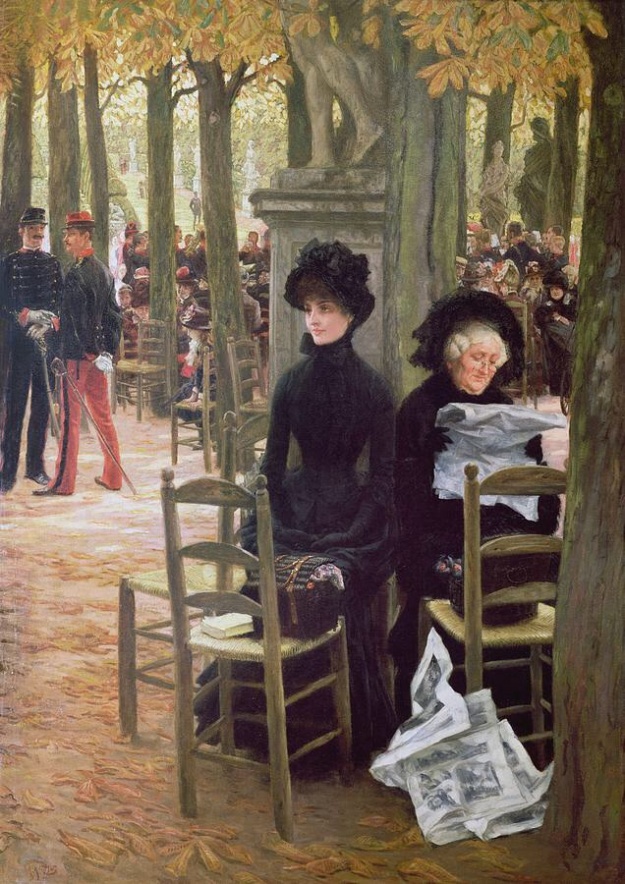
Sans dot (Without Dowry, 1883-85), by James Tissot. Oil on canvas, 58 by 41 in. (147.32 by 104.14 cm). Private Collection. (Photo: Wikimedia.org)
The three paintings at Sotheby’s, from Tissot’s series of fifteen large-scale pictures called La Femme à Paris (The Parisian Woman) painted between 1883 and 1885, included Sans Dot (Without Dowry), which sold for $ 800,000/£ 553,824.

Orphans (L’Orpheline, 1879), by James Tissot. Oil on canvas, 85 by 43 in. (216 by 109.2 cm). Private Collection. (Photo: Wikimedia.org)
The next day, at Christie’s sale of 19th Century European Paintings, Drawings & Watercolors, Tissot’s L’Orpheline (Orphans, 1879), featuring Tissot’s mistress and muse, Kathleen Newton (1854 – 1882). L’Orpheline was exhibited at the Grosvenor Gallery in 1879. Expected to bring $ 600,000- 800,000/£ 400,000- 530,000), the painting set a new record for a Tissot oil when sold for $ 2,700,000/£ 1,867,865 to art dealer David Mason, with MacConnal-Mason, a fourth generation gallery in St. James established in 1893. Mason was acting on behalf of musical composer Andrew Lloyd Webber (b. 1948), who in the next decade would collect some of Tissot’s best work – at very high prices.
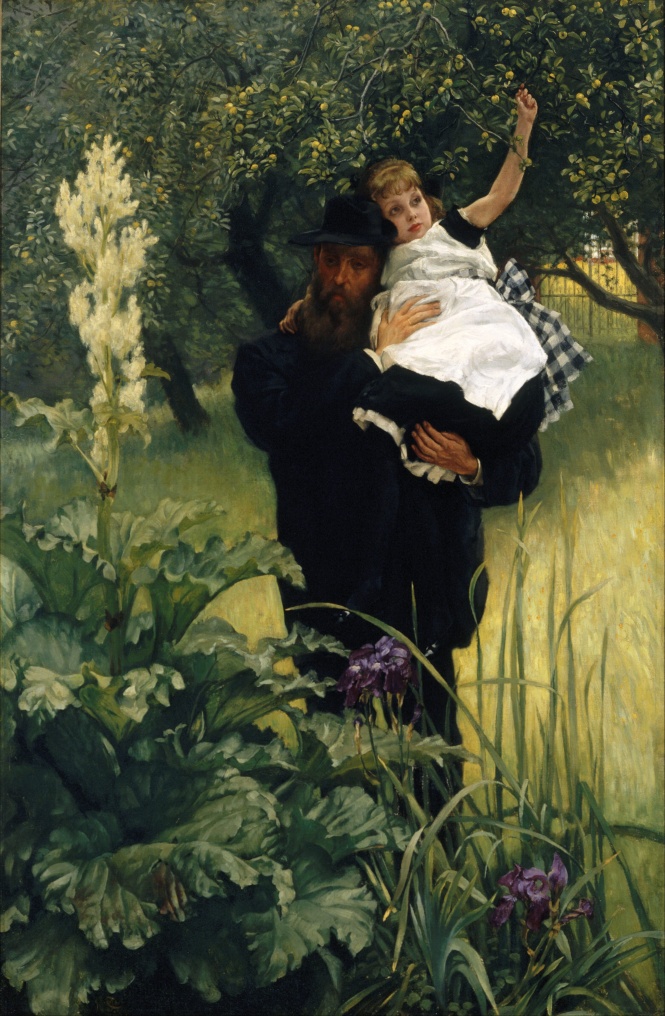
The Widower (Le veuf, c. 1877), by James Tissot. Oil on panel. 14 by 9 in. (35.56 by 22.86 cm) Private Collection. (Photo: Wikimedia.org)
Still, there were some bargains to be found: Lloyd Webber purchased The Widower (c. 1887), a smaller replica of the original which Tissot exhibited at the Grosvenor Gallery in 1877, at Sotheby’s, London in 1994 for $ 122,587/£ 75,000.
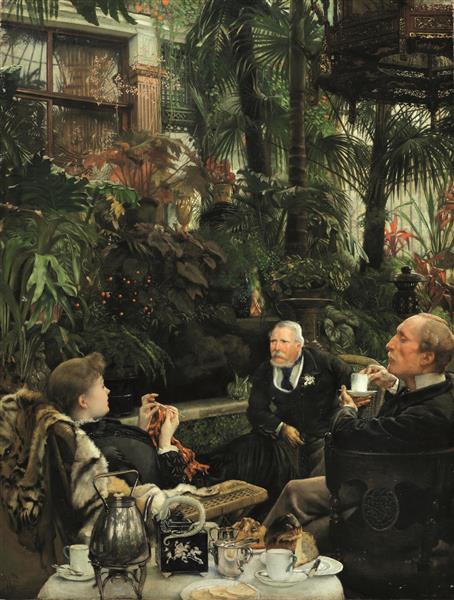
The Rivals (1878 – 1879), by James Tissot. Oil on canvas, 36.22 by 26.77 in. (92 by 68 cm). Private collection.
In October, 2014, Tissot’s The Rivals (I rivali, 1878–79) was sold at Casa d’Aste Pandolfini, Florence, Italy. Set in Tissot’s conservatory, it depicts Kathleen Newton cast as a young widow, crocheting while taking tea with two suitors, one middle-aged and one old. Tissot exhibited it with a number of other works at London’s Grosvenor Gallery in 1879, and that same year, it was shown at the Royal Manchester Institution’s Exhibition of Modern Paintings and Sculpture, priced at £400. It was purchased by John Polson, of Tranent and Thornly [who also owned Tissot’s A Portrait (1876, Tate, London)], and sold by his executors at Christie’s, London in 1911. It then belonged to Sir Edward James Harland (1831–1895), head of the Belfast shipbuilding firm of Harland and Wolff and sometime M.P. for North Belfast, of Glenfarne Hall, near Enniskillen, Ireland and Baroda House in Kensington Palace Gardens, London, where it was sold by his executors at Christie’s upon his widow’s death in 1912. Since 1913, The Rivals has been in private collections in Milan, beginning with the Ingegnoli Collection. It was sold by Paul Ingegnoli’s executors at Galleria Pesaro in 1933 and purchased by a Milanese private collector. It was displayed in public again only in Milan, at the Palazzo della Permanente, La Mostra Nazionale di Pittura, “L’Arte e il Convito,” in 1957. At the October 2014 sale, The Rivals was purchased for € 954,600 EUR (Premium) [$ 1,215,969/£ 753,715]. The Rivals, in pristine condition, was displayed at the Stair Sainty Gallery booth at TEFAF, the world’s leading art fair, in Maastricht, Netherlands, March 13-22, 2015.
Related posts:
James Tissot’s popularity boom in the 1980s
Celebrities & Millionaires Vie for Tissot’s Paintings in the 1990s
James Tissot in the Andrew Lloyd Webber Collection
Tissot’s La Femme à Paris series
© 2017 by Lucy Paquette. All rights reserved.
The articles published on this blog are copyrighted by Lucy Paquette. An article or any portion of it may not be reproduced in any medium or transmitted in any form, electronic or mechanical, without the author’s permission. You are welcome to cite or quote from an article provided you give full acknowledgement to the author.
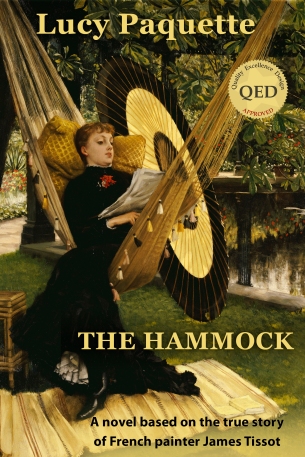 If you do not have a Kindle e-reader, you may download free Kindle reading apps for PCs, Smartphones, tablets, and the Kindle Cloud Reader to read The Hammock: A novel based on the true story of French painter James Tissot. Read reviews.
If you do not have a Kindle e-reader, you may download free Kindle reading apps for PCs, Smartphones, tablets, and the Kindle Cloud Reader to read The Hammock: A novel based on the true story of French painter James Tissot. Read reviews.
The Hammock: A novel based on the true story of French painter James Tissot, brings Tissot’s world from 1870 to 1879 alive in a story of war, art, Society glamour, love, scandal, and tragedy.
Illustrated with 17 stunning, high-resolution fine art images in full color
Courtesy of The Bridgeman Art Library
(295 pages; ISBN (ePub): 978-0-615-68267-9). See http://www.amazon.com/dp/B009P5RYVE.
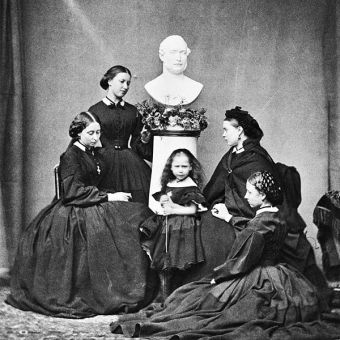
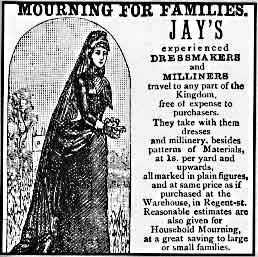
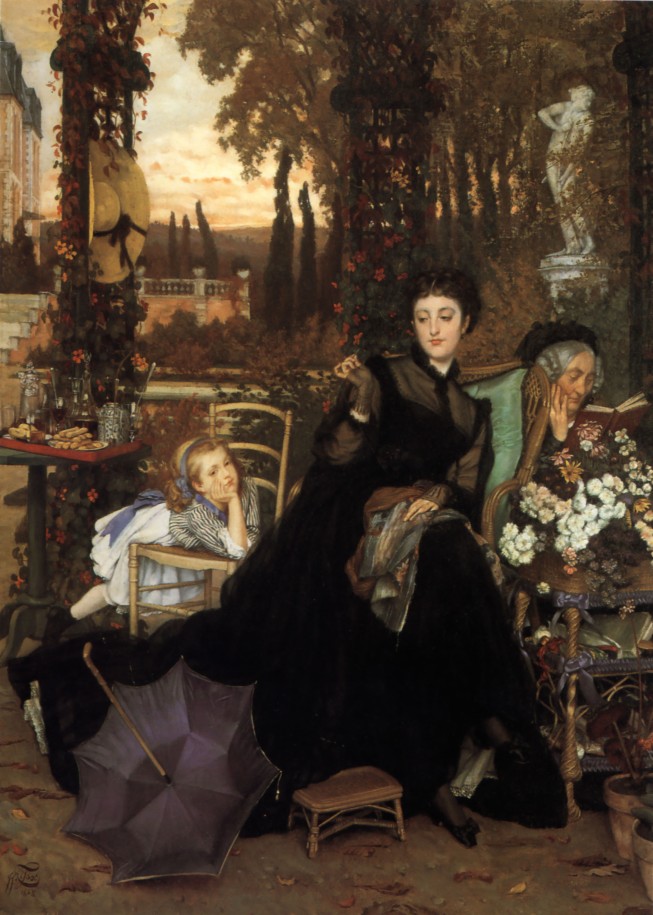
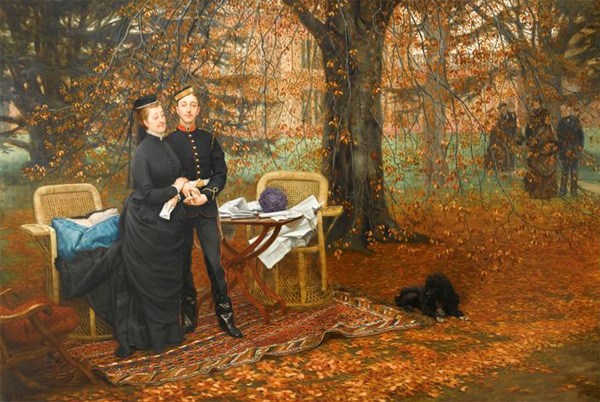
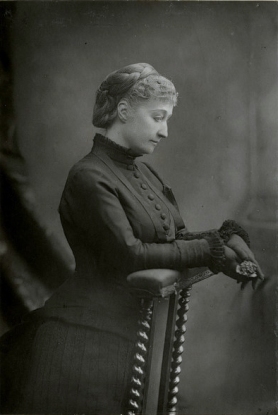
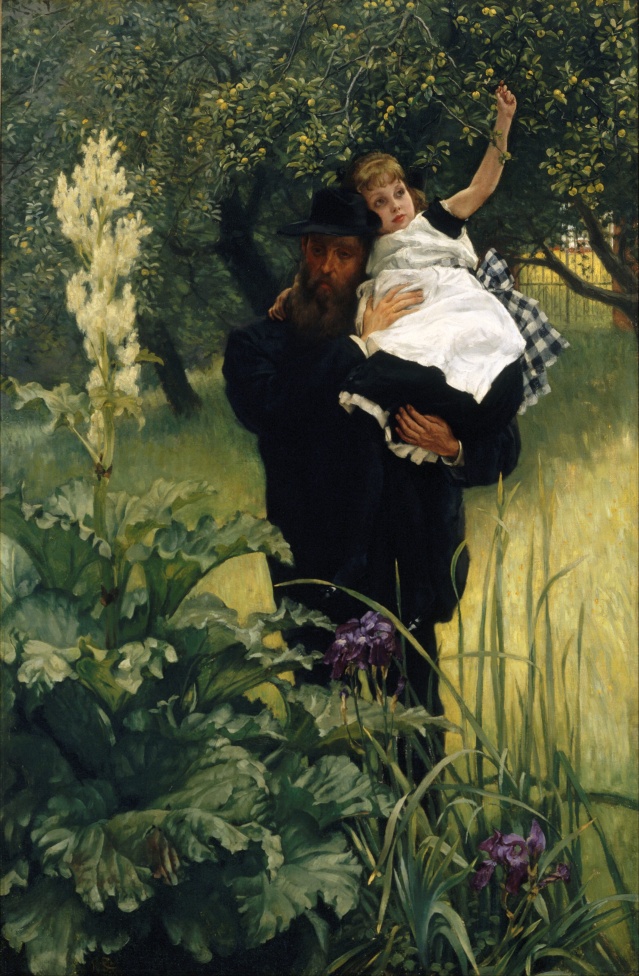
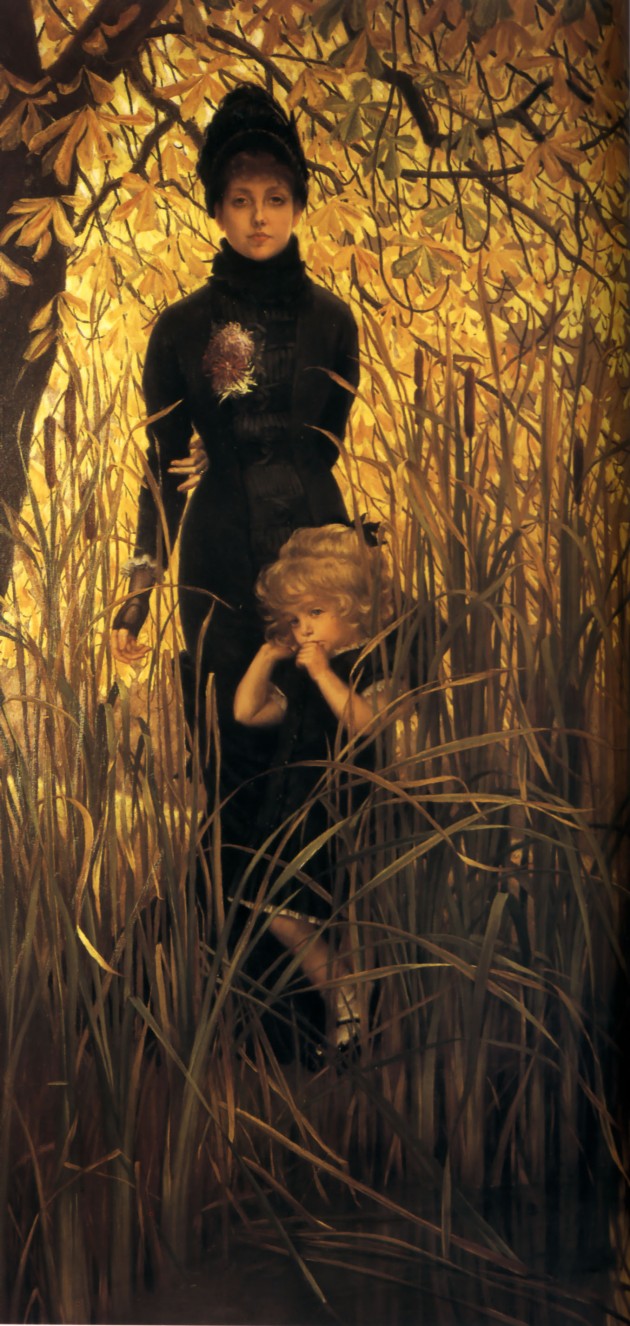
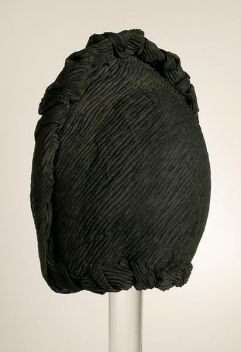
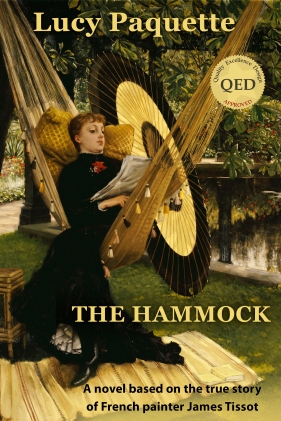 The Hammock: A novel based on the true story of French painter James Tissot, brings Tissot’s world from 1870 to 1879 alive in a story of war, art, Society glamour, love, scandal, and tragedy.
The Hammock: A novel based on the true story of French painter James Tissot, brings Tissot’s world from 1870 to 1879 alive in a story of war, art, Society glamour, love, scandal, and tragedy.